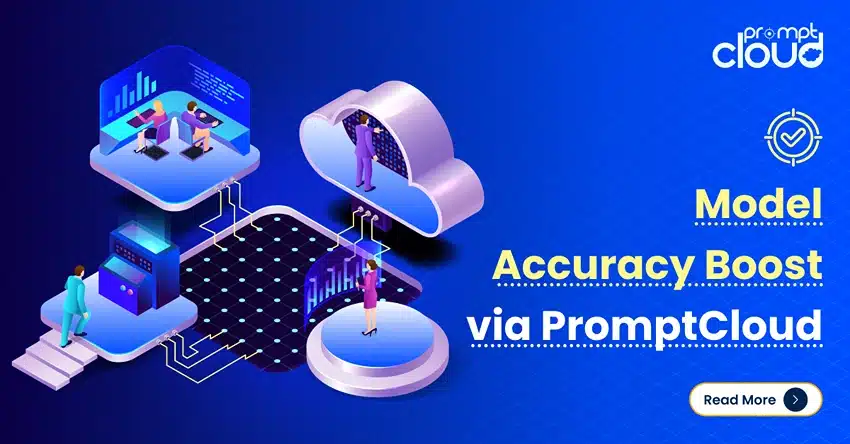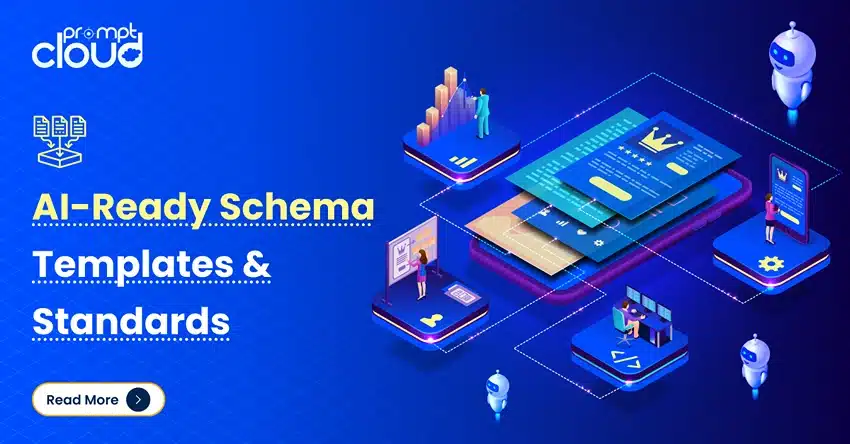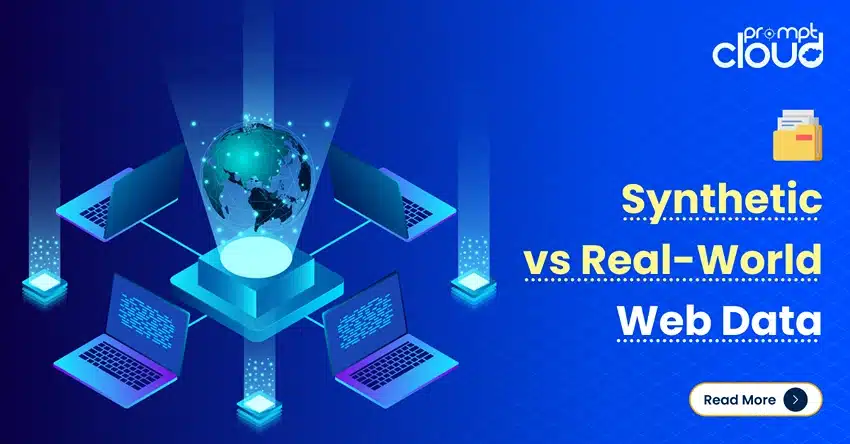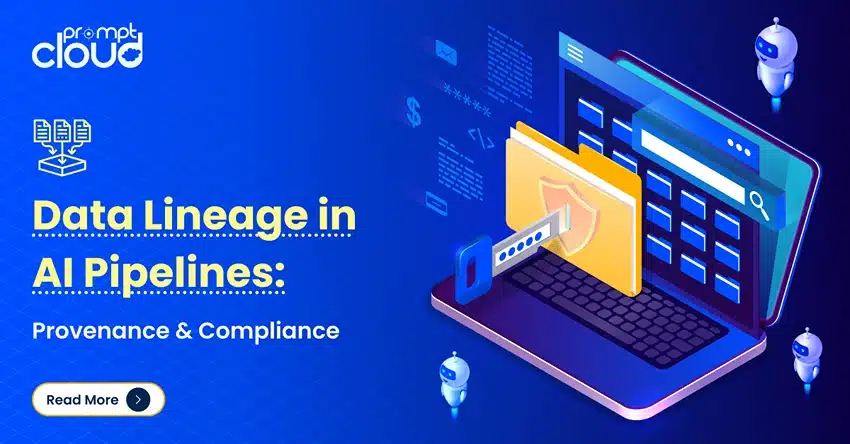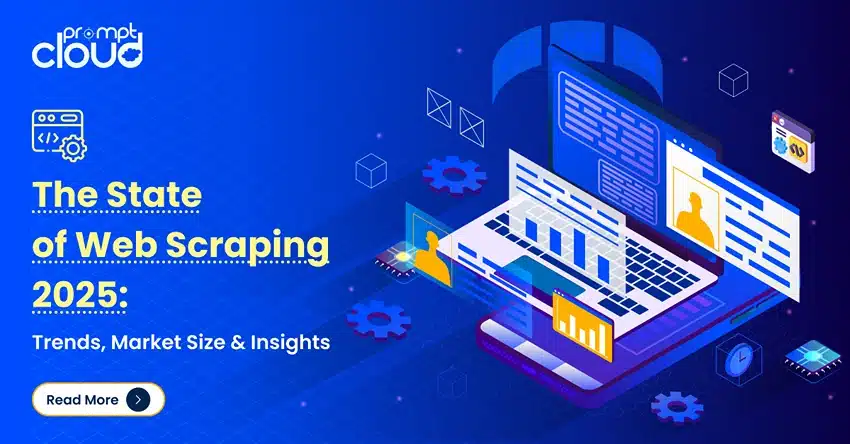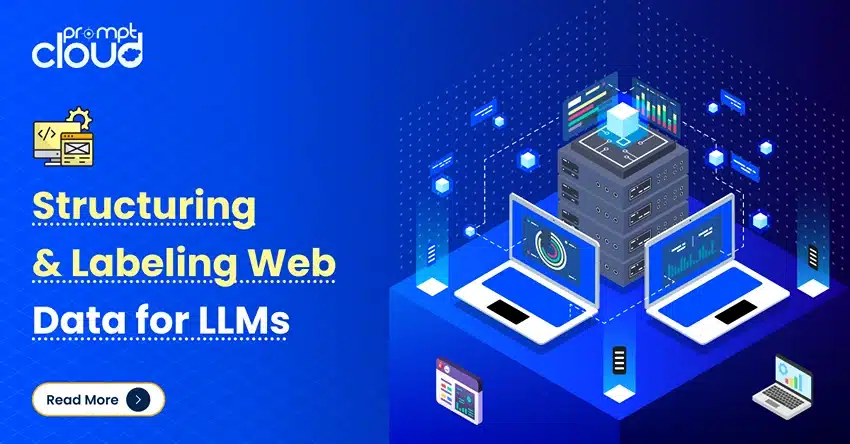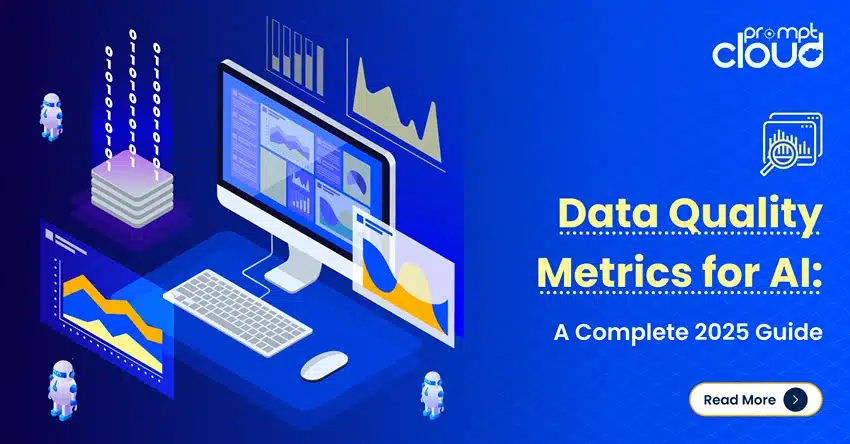Data Quality & Compliance in AI Pipelines
**TL;DR** AI pipelines fail more often because of poor data quality and unclear compliance than because of weak models. Web scraping compliance shapes how data enters the system, and quality standards determine whether models can rely on that data later. This pillar breaks down how compliant collection, governance, validation, and structured pipelines work together to […]
Read MoreCase Study: Boosting Pricing Model Accuracy with High-Quality E-commerce Data
**TL;DR** A mid sized pricing team needed accurate, multi source e-commerce data to fix inconsistent inputs that were lowering their model’s predictive performance. Their internal scrapers failed under scale, drift, and inconsistent structure. After switching to PromptCloud’s AI-ready pricing datasets, their model accuracy increased by eighteen percent, parser failures dropped, and coverage across long-tail categories […]
Read MoreAI-Ready Schema Templates & Standards
**TL;DR** Most AI pipelines fail long before the model sees any data. They fail at the point where raw web inputs do not follow a predictable structure. One site calls it “price,” another calls it “current_amount,” a third uses a hidden field that only appears after running JavaScript. Without a schema, nothing lines up. Fields […]
Read MoreSynthetic vs Real-World Web Data
**TL;DR** Synthetic data fills gaps, expands rare patterns, and boosts volume when real examples are limited. Real-world web data gives models grounding, context, and natural variability. The strongest AI training pipelines rely on both: real data for truth, synthetic data for controlled expansion. This blog breaks down how they differ, where each one works well, […]
Read MoreData Lineage & Traceability Frameworks
**TL;DR** AI systems break when teams cannot explain where their data came from, how it changed, or why certain results appeared. Data lineage and traceability frameworks solve this by recording every step in the flow from raw extraction to model consumption. These frameworks make provenance visible, transformations auditable, and outputs reproducible. This blog explains the […]
Read MoreThe Sate of Webscraping Report 2025
The Web Is Changing (And So Is the Way We Collect Data) Remember when web scraping felt almost playful? You could write a quick Python script, grab a few product pages, and call it a day. Back then it was mostly hobby projects and small experiments, nothing that could shake the internet. Fast forward to […]
Read MoreStructuring & Labeling Web Data for LLMs
**TL;DR** LLMs do not perform well when they receive messy, unstructured, or unlabeled web data. This blog explains how to shape raw web data so it becomes useful training material for LLMs. You will also learn how reproducibility, version control, and compliance logs keep the entire pipeline stable as your datasets grow. An Introduction to […]
Read MoreData Quality Metrics: Freshness, Bias, and Completeness for AI-Ready Web Data
**TL;DR** Most teams assume data quality means clean spreadsheets, but AI pipelines need something much deeper. When models depend on scraped or web-scale data, the three metrics that make or break performance are freshness, bias, and completeness. This blog breaks down how each metric works, how to measure it, and how to build a reliable […]
Read MoreAnatomy of an AI-Ready Pipeline
**TL;DR** An AI-ready pipeline is the system that keeps your data steady, structured, and trustworthy before it ever reaches a model. It handles the messy parts you don’t see pulling data in reliably, giving it a predictable shape, adding the right context, checking quality, tracking where every record came from, and watching for changes over […]
Read MoreWhat is AI-Ready Web Data Infrastructure?
**TL;DR** Most teams collect web data, but very few prepare it well enough for AI. AI-ready web data infrastructure is the full stack of processes, standards, and validation layers that turn raw, messy, multi-source web data into something models can actually use. When it’s not, every downstream decision suffers. This guide breaks down what an […]
Read More



